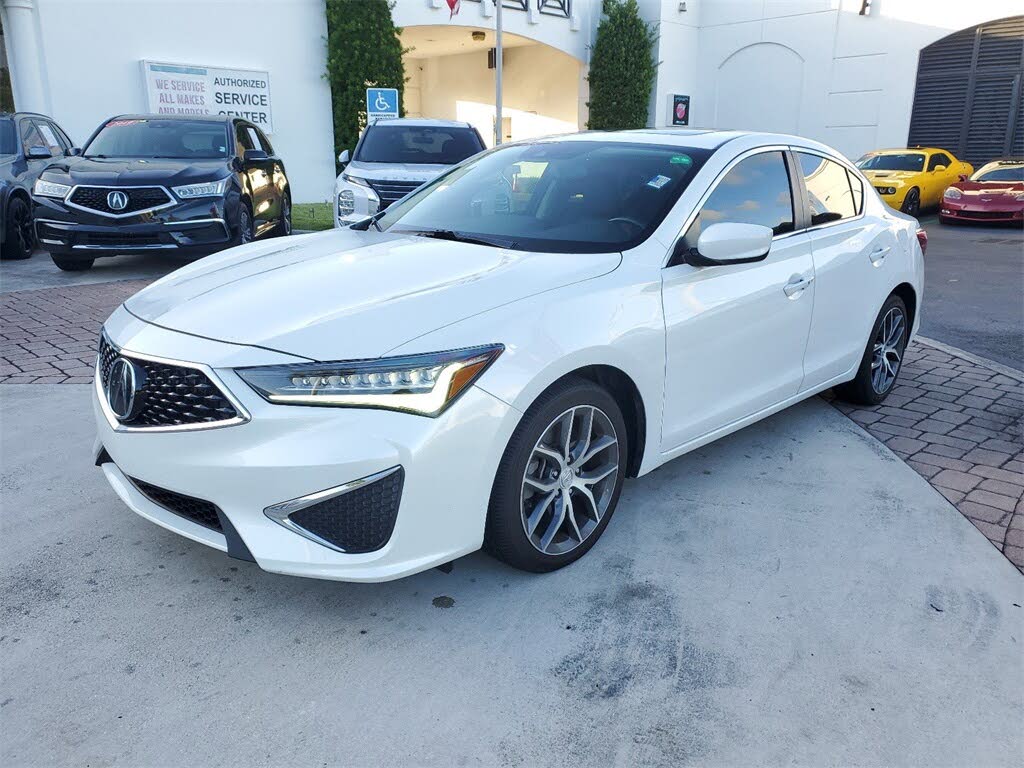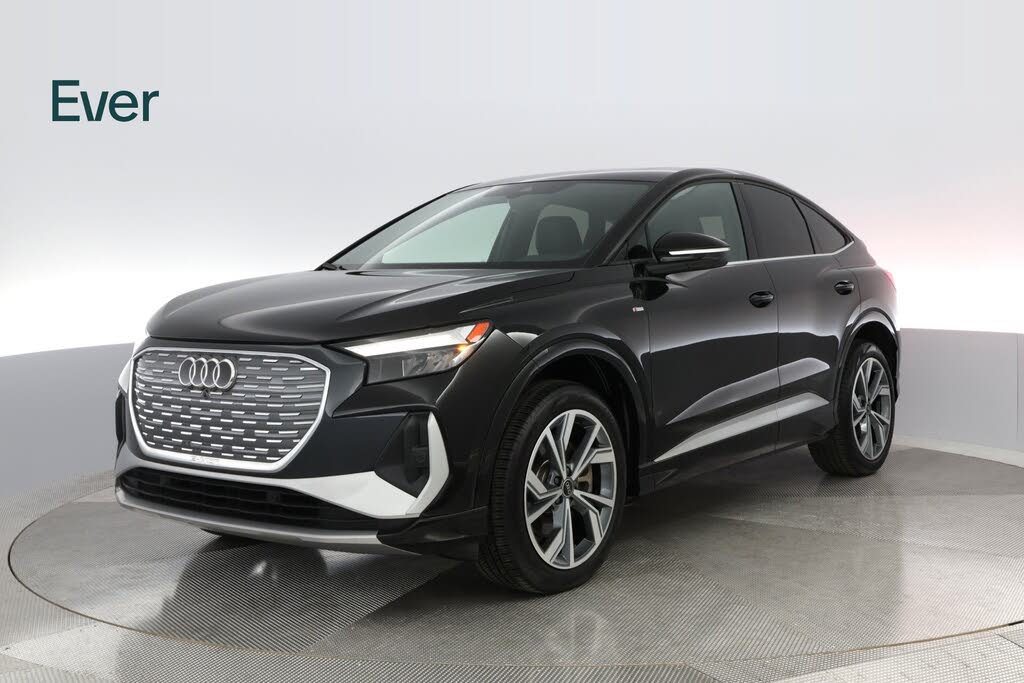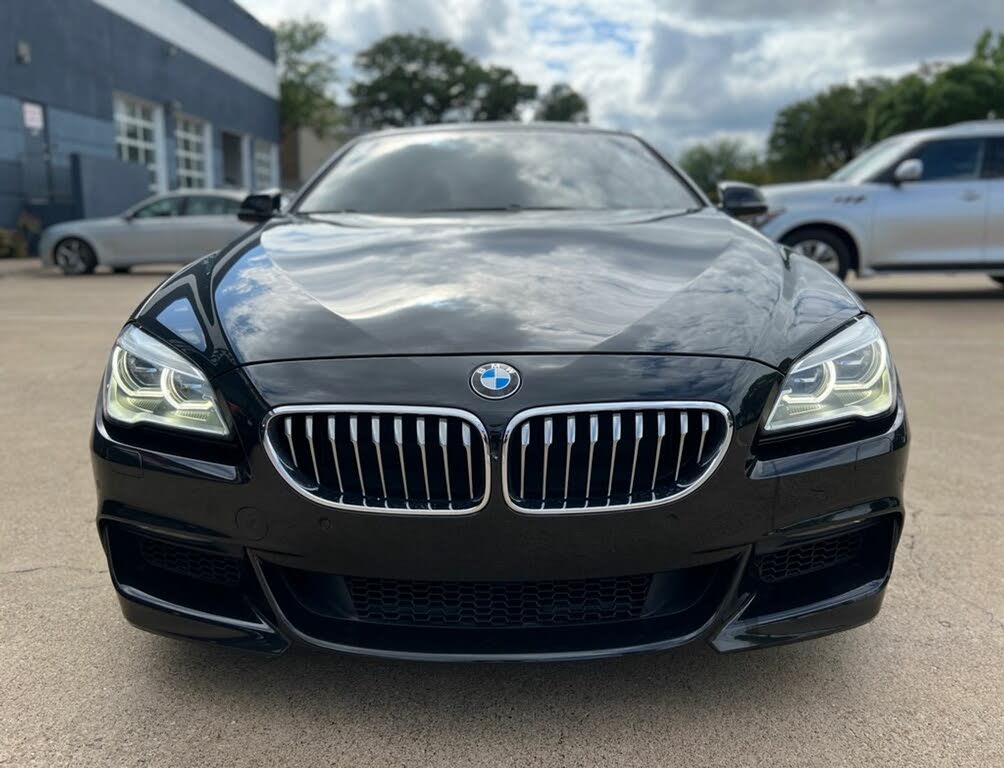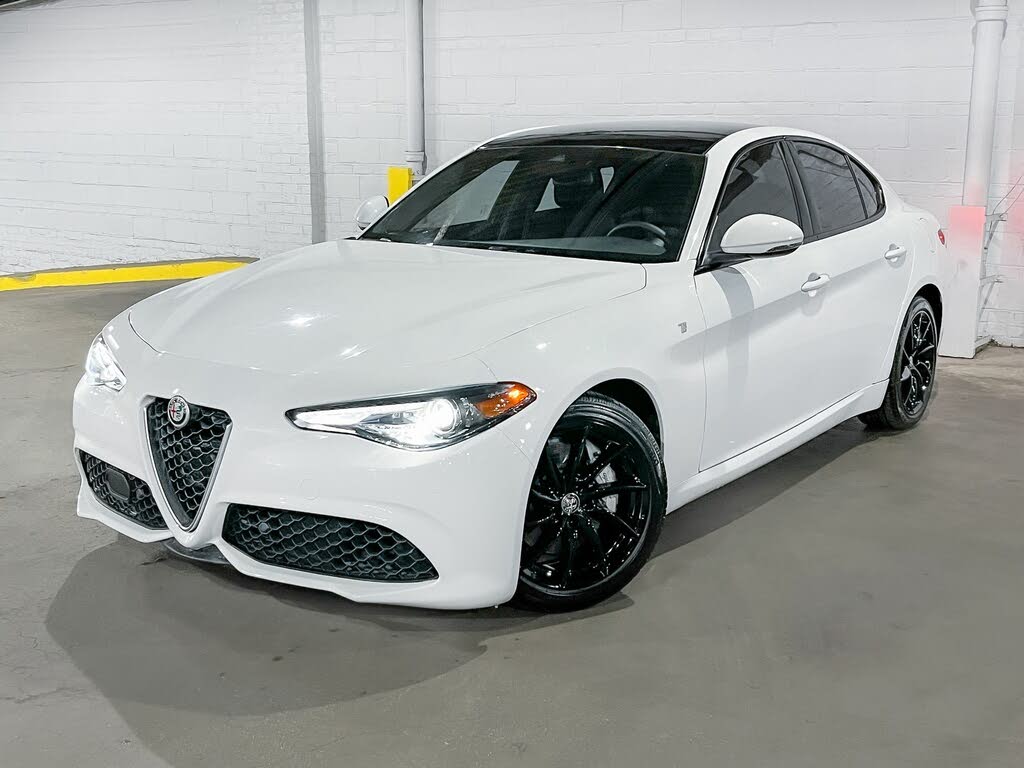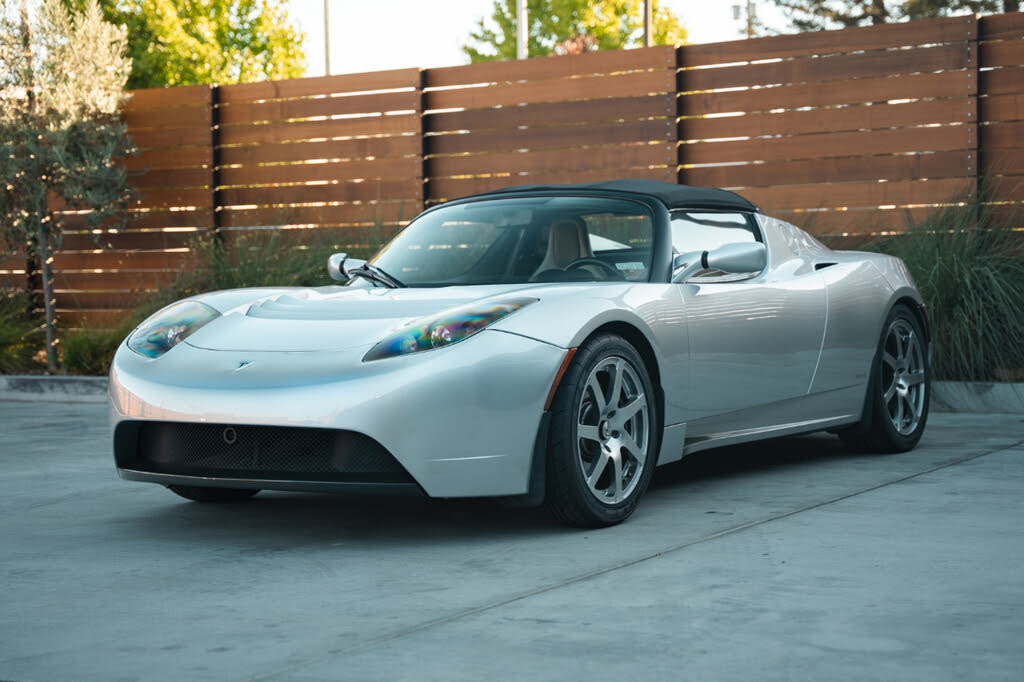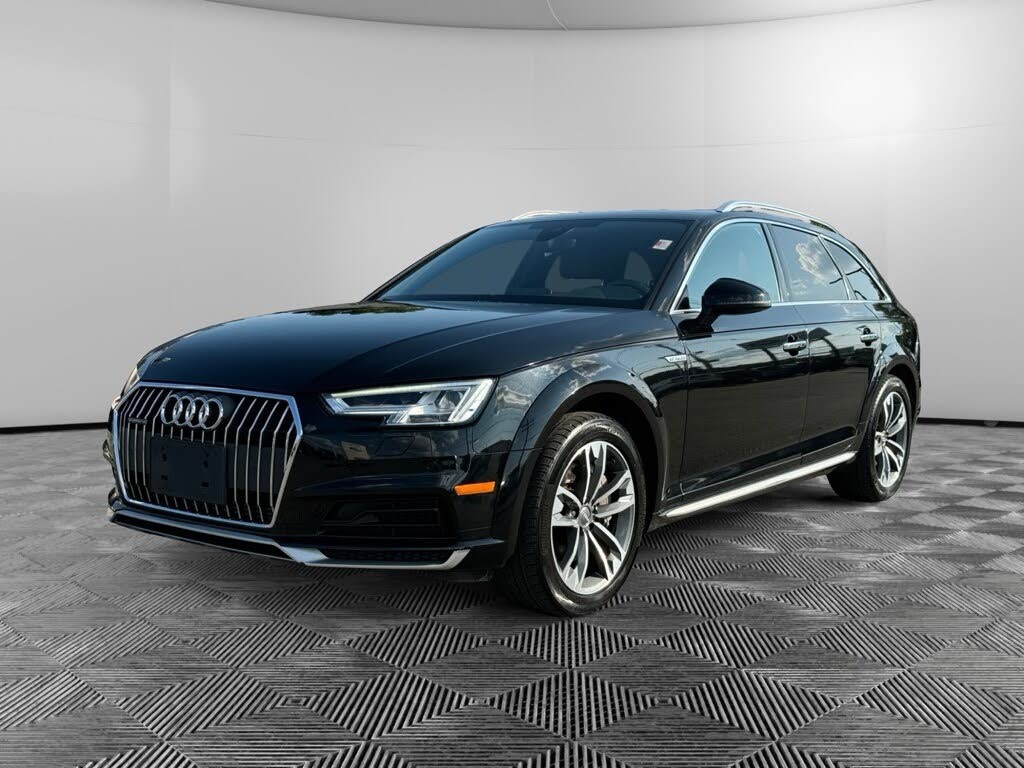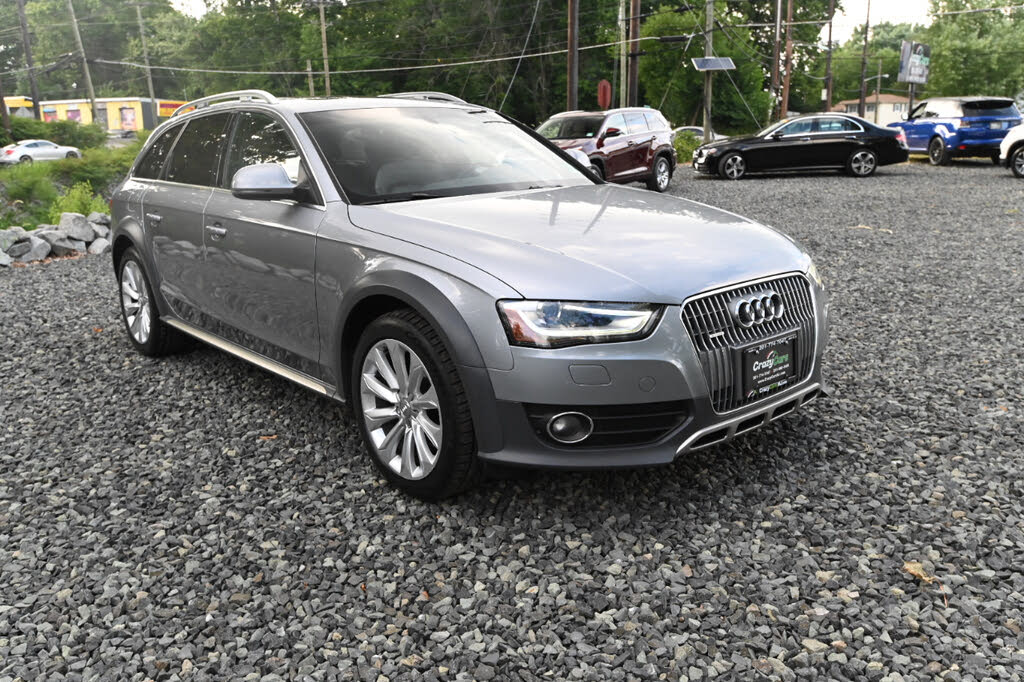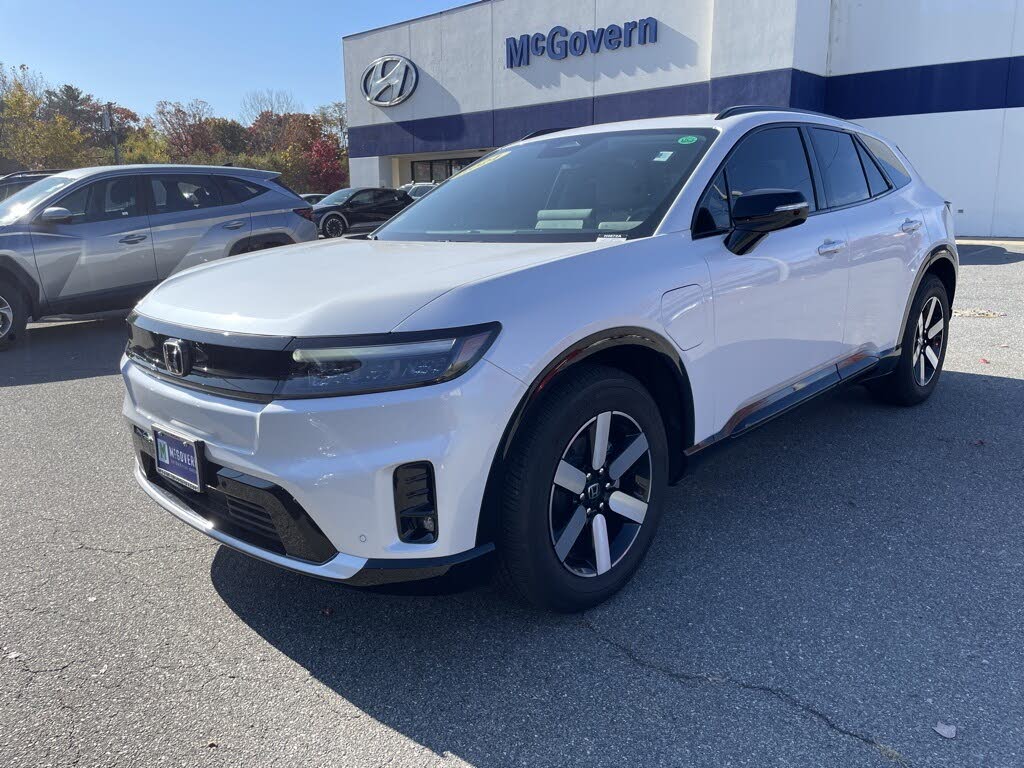The Hellcat Phenomenon: Automotive Fury Personified
Dodge's Hellcat engine represents the pinnacle of American muscle car engineering - a supercharged 6.2-liter HEMI V8 that delivers an earth-shaking 707 horsepower in the Charger and Challenger SRT models. This mechanical beast transforms ordinary commutes into adrenaline-fueled events, with cold starts that rattle windows and full-throttle launches that feel like NASA-grade acceleration.
Key Hellcat Performance Specs:
- 0-60 mph: 3.6 seconds (factory rating)
- Quarter-mile: 11.03 seconds @ 126.61 mph (independent testing)
- Top speed: 199 mph (electronically limited)
- Supercharger boost: 11.6 psi
During numerous test drives, the most common question from bystanders isn't about price or features, but rather: "What'll she do?" The answer never fails to impress, but during one particular fuel stop, a more pragmatic inquiry emerged: "How's the fuel economy?" This sparked an investigative journey to uncover the truth behind Hellcat efficiency.
Testing the Impossible: Seeking Fuel Efficiency in a 707-hp Beast
Contrary to its fire-breathing reputation, the Charger SRT Hellcat actually features an Eco mode - a setting that:
- Reduces engine output to "just" 500 horsepower
- Softens throttle response for smoother acceleration
- Optimizes transmission shift points for efficiency
- Disables paddle shifters to prevent aggressive driving
- --TOP ADVERTISEMENT HERE--
To conduct a proper evaluation, we implemented strict testing parameters:
- Filled the tank to capacity using premium 93-octane fuel
- Reset all trip computers and fuel economy monitors
- Verified proper tire inflation (32 psi all around)
- Engaged Eco mode (confirmed by the green leaf indicator)
- Maintained consistent 75 mph cruising speed using standard cruise control
The 235-mile route consisted primarily of Interstate 94 between Ann Arbor and Chicago - a relatively flat, straight highway that represents ideal conditions for fuel efficiency testing. Notably absent was the adaptive cruise control available on lesser Charger models, as the Hellcat's aggressive front fascia precludes this convenience feature.
The Results: Hellcat MPG Versus EPA Estimates
The EPA rates the 2016 Charger SRT Hellcat at:
- City: 13 mpg
- Highway: 22 mpg
- Combined: 16 mpg
Our real-world testing revealed:
| Measurement Type | Result |
|---|---|
| Trip Computer Average | 23.8 mpg |
| Manual Calculation | 22.0 mpg |
| Instantaneous Readings | 24-25 mpg (steady cruising) |
The 10.712-gallon refill after 235 miles confirmed that the Hellcat can indeed achieve its EPA highway estimate when driven with restraint. However, maintaining this disciplined approach in a car that begs to be unleashed represents perhaps the greatest challenge of ownership.
The Psychology of Hellcat Ownership: Power Versus Practicality
Automotive enthusiasts often say, "It's more fun to drive a slow car fast than a fast car slow." The Hellcat experience proves this axiom true. While technically capable of reasonable fuel economy, several factors work against efficiency:
- Psychological temptation: The knowledge of 707 horsepower waiting underfoot creates constant temptation
- Exhaust note: The supercharged V8's intoxicating soundtrack encourages aggressive driving
- Seating position: The low, aggressive stance creates a performance-oriented mindset
- Public attention: The Hellcat's dramatic styling attracts challenges from other motorists
During our testing, the bright orange test vehicle (nicknamed "Pumpkin" by the engineering team) attracted constant attention - from thumbs-up approvals to outright challenges at stoplights. This social pressure makes disciplined driving particularly difficult.
Engineering Insights: How Dodge Tamed the Beast (When Necessary)
The Hellcat's surprising efficiency in Eco mode results from several clever engineering solutions:
Variable Displacement Technology
While not a true cylinder deactivation system, the Hellcat's engine control module can effectively reduce output by:
- Adjusting boost pressure from the supercharger
- Modifying fuel delivery and ignition timing
- Controlling throttle blade opening relative to pedal input
- --FIRST CONTENT ADVERTISEMENT HERE--
Transmission Programming
The TorqueFlite 8-speed automatic adapts its behavior in Eco mode by:
- Shifting at lower RPM points (below 2,000 rpm when possible)
- Engaging higher gears sooner during acceleration
- Allowing earlier torque converter lockup for reduced slippage
Aerodynamic Considerations
Despite its aggressive appearance, the Charger Hellcat maintains a respectable 0.35 coefficient of drag thanks to:
- Active grille shutters that close at highway speeds
- Carefully designed underbody panels
- A rear spoiler that provides downforce without excessive drag
The Verdict: Is Eco Mode Practical for Daily Driving?
After 235 miles of disciplined driving, we reached several conclusions:
Pros of Eco Mode:
- Legitimate 22+ mpg highway capability
- Reduced fuel costs during long trips
- Less stressful commuting experience
- Extended range between fill-ups
Cons of Eco Mode:
- Defeats the purpose of owning a Hellcat
- Muted throttle response feels unnatural
- Eliminates access to 207 horsepower
- Makes the car feel like a standard Charger R/T
Ultimately, while the Hellcat can achieve reasonable fuel economy, most owners will find themselves using Eco mode sparingly - perhaps only during long highway stretches or when fuel prices spike. The car's true personality emerges when the supercharger can spin freely and all 707 horses are available at will.
Hellcat Ownership Realities: What Potential Buyers Should Know
Beyond the fuel economy discussion, prospective Hellcat owners should consider:
Maintenance Requirements
The supercharged V8 demands:
- Premium 91+ octane fuel exclusively
- Frequent oil changes (every 6 months or 6,000 miles)
- Special attention to supercharger lubrication
- High-performance brake fluid for track use
Tire Considerations
The factory Pirelli P Zero tires:
- Wear quickly under aggressive driving (8,000-15,000 mile lifespan)
- Lose effectiveness below 45°F
- Cost significantly more than standard Charger tires
Insurance Implications
Insurance premiums typically run:
- 25-40% higher than a standard Charger R/T
- More expensive for younger drivers
- Varies significantly by location and driving record
The Last True American Muscle Car
As automotive trends shift toward electrification and efficiency, the Hellcat stands as perhaps the last uncompromising American performance car. Its combination of:
- Brutal, accessible power
- Classic rear-wheel-drive layout
- Traditional V8 soundtrack
- Four-seat practicality
creates an experience that future electric performance cars may struggle to replicate. While our fuel economy test proves the Hellcat can behave when necessary, its true soul emerges when the supercharger whine dominates the cabin and the rear tires struggle for traction.
For enthusiasts who appreciate raw mechanical emotion over sterile efficiency, the Hellcat represents a glorious last stand of internal combustion performance - one that makes daily fuel stops a small price to pay for automotive exhilaration.
--SECOND CONTENT ADVERTISEMENT HERE--
